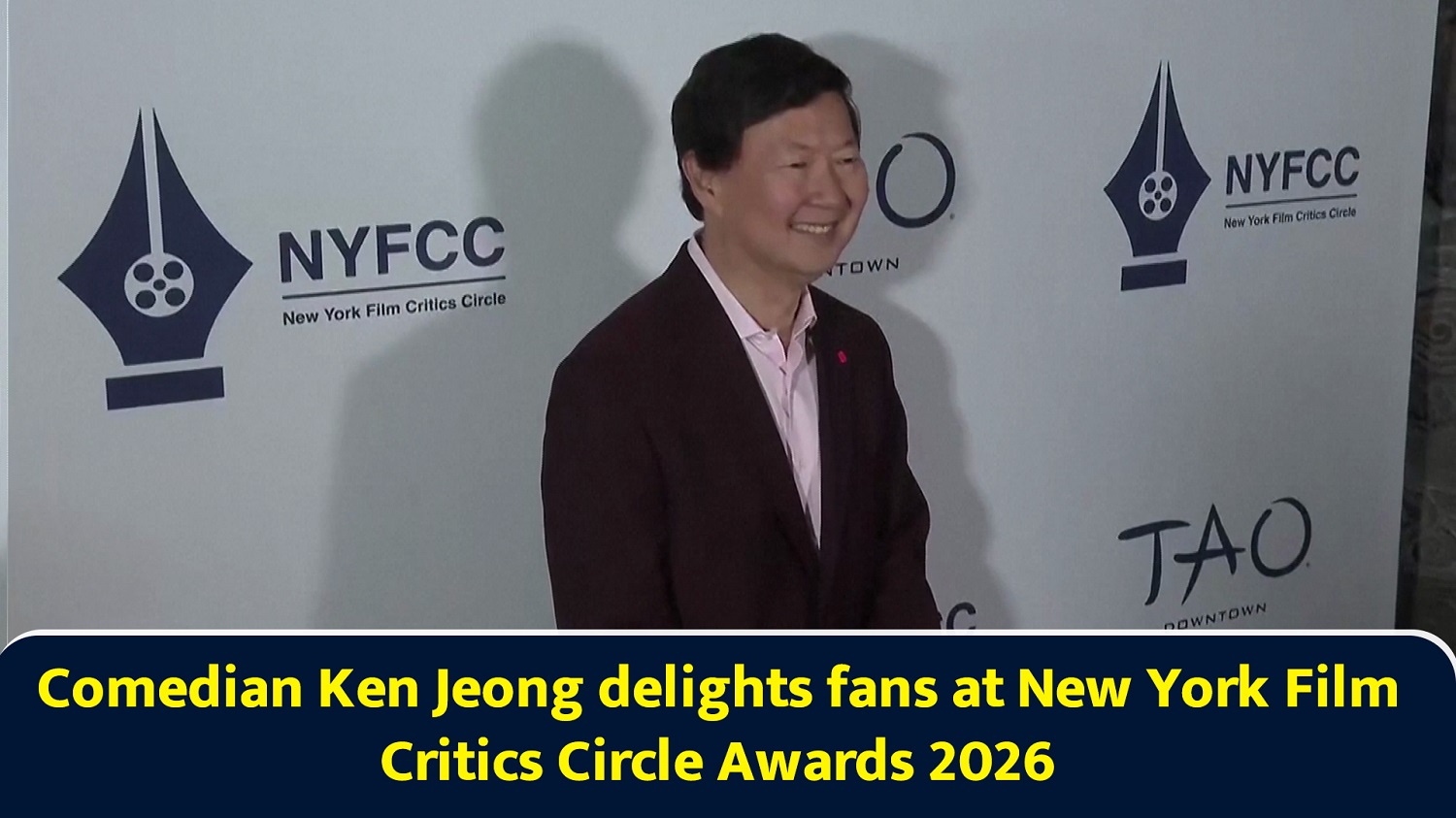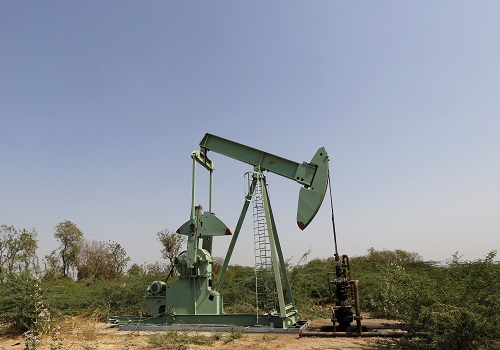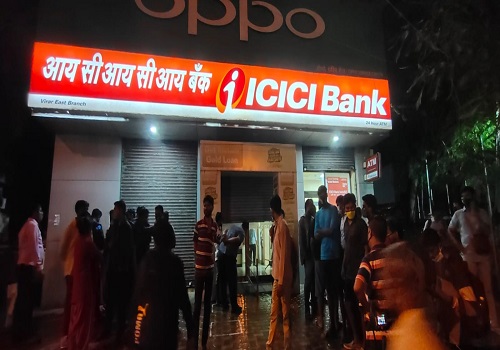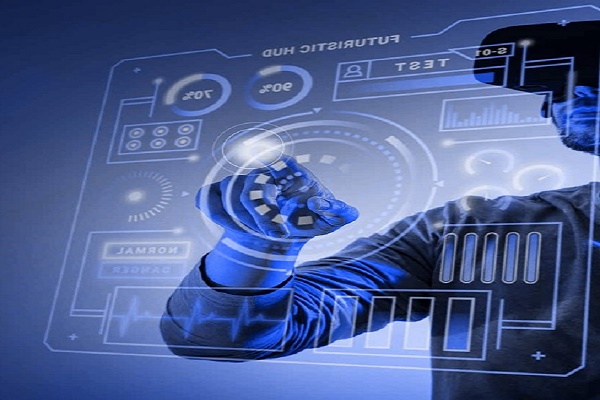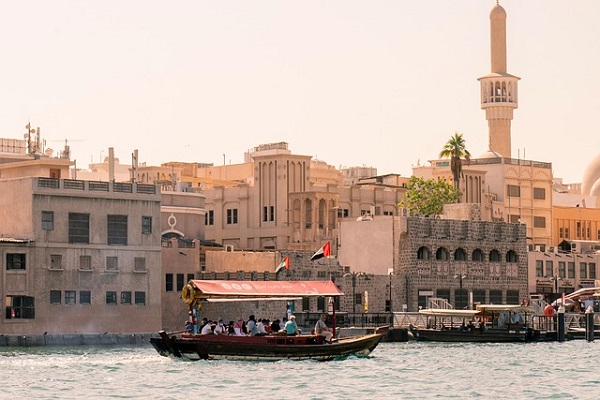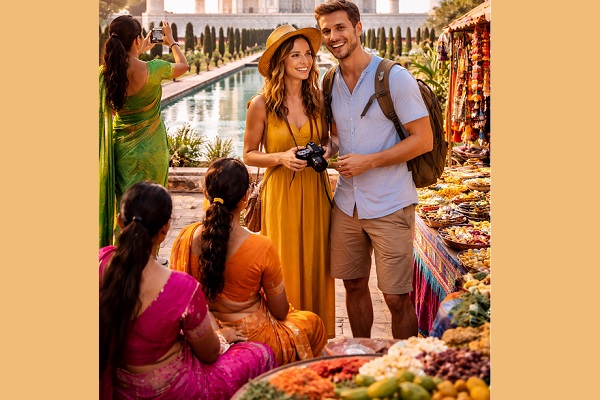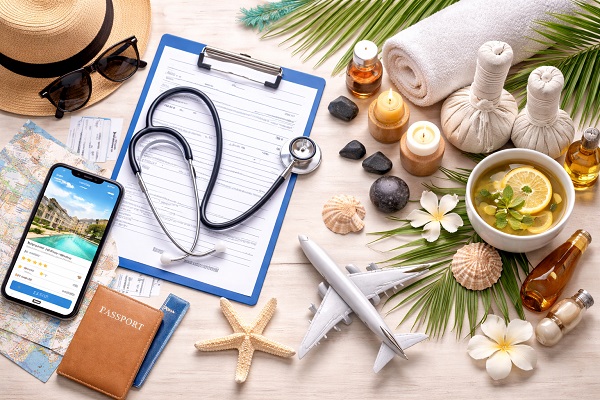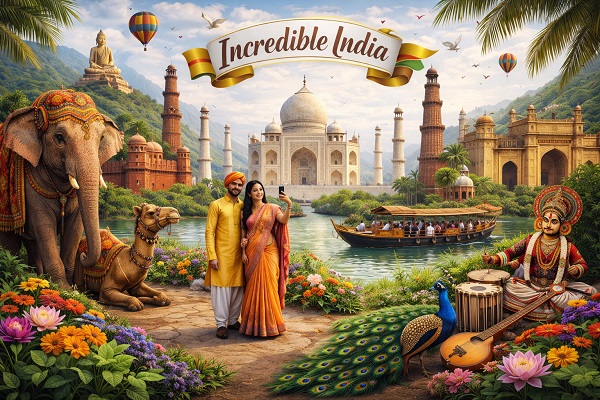Exploring the Heart of India: A Unique Journey Through Its Tourism

India, a land of vibrant colors, diverse landscapes, and deep-rooted traditions, is a top destination for travelers seeking a unique cultural experience. With its unparalleled diversity in history, culture, cuisine, and natural beauty, Indian tourism presents a journey like no other. From majestic mountains to serene beaches, bustling cities to tranquil villages, India offers something for every kind of traveler. Whether you're an adventure seeker, a spiritual wanderer, or a culture enthusiast, India has it all.
The Uniqueness of Indian Tourism
Indian tourism is a fascinating blend of ancient traditions, historical monuments, natural wonders, and modern experiences. What sets India apart from other tourist destinations is its rich cultural diversity, the colorful festivals that dot its calendar, and its unique way of blending the old with the new. The sheer contrast in lifestyles, the coexistence of old temples and contemporary urban centers, and the accessibility of diverse landscapes, all make India an enchanting place to explore.
Key Sectors of Indian Tourism
- Cultural Tourism: A Walk Through History
India’s cultural diversity is one of its greatest assets. With a history that dates back thousands of years, it is home to numerous monuments, forts, palaces, and temples. Each state has its own unique cultural identity, shaped by the language, traditions, festivals, and cuisine. Cities like Delhi, Agra, and Jaipur are known for their stunning Mughal and Rajput architecture, while cities like Varanasi and Rishikesh offer spiritual experiences on the banks of the holy Ganges. Visitors to India can immerse themselves in the music, dance, and art that have shaped its cultural fabric for centuries.
- Spiritual Tourism: Journey to the Soul
India has long been a spiritual hub, attracting pilgrims and seekers from around the world. The country’s spiritual significance is best represented by sites such as Varanasi, Rishikesh, Bodh Gaya, and Amritsar. For centuries, India has been a center for Hinduism, Buddhism, Jainism, Sikhism, and other spiritual practices. Pilgrimages to sacred temples like the Golden Temple, the Kashi Vishwanath Temple, or the Vaishno Devi Shrine are some of the most profound travel experiences one can have. Additionally, India’s rich spiritual heritage also attracts those seeking inner peace through yoga, meditation, and Ayurveda.
- Adventure Tourism: Exploring India’s Natural Wonders
From the Himalayan mountain ranges in the north to the beaches of Goa in the south, India offers an abundance of adventure tourism opportunities. The treks in the Himalayan region, such as in Himachal Pradesh, Uttarakhand, and Ladakh, offer unparalleled views and adventure activities like camping, trekking, and skiing. In contrast, the beaches of Goa, Kerala, and Andaman Islands provide water sports like parasailing, scuba diving, and snorkeling. India’s diversity in landscapes – from deserts like Rajasthan’s Thar to lush forests like those in Kerala – means that adventurers have a variety of terrains to explore.
- Wildlife Tourism: A Safari Adventure
India’s vast array of wildlife sanctuaries, national parks, and biosphere reserves makes it an ideal destination for wildlife enthusiasts. With species like Bengal tigers, Indian rhinoceroses, Asiatic lions, and elephants, India’s wildlife offers a fascinating experience. Some of the most renowned wildlife sanctuaries include Jim Corbett National Park, Ranthambore National Park, Kaziranga National Park, and Sunderbans National Park. For nature lovers and photographers, India provides rich biodiversity, lush forests, and opportunities to spot some of the most endangered species in the world.
- Eco-Tourism: Nature Meets Sustainability
Eco-tourism in India is gaining momentum as travelers become more conscious of the environmental impact of their trips. India has a number of eco-friendly resorts and off-the-beaten-path destinations that emphasize sustainable tourism. Kerala’s backwaters and Coorg’s coffee plantations are just two examples of India’s ecotourism offerings. These destinations encourage responsible travel, allowing visitors to enjoy nature while preserving it. Eco-tourism in India often combines wellness tourism with environmental awareness, giving travelers an opportunity to experience India’s natural beauty while respecting its ecosystems.
- Culinary Tourism: A Feast for the Senses
Indian cuisine is as diverse as the country itself. With an array of spices, flavors, and cooking techniques, Indian food is a cultural experience in itself. Culinary tourism in India gives travelers the opportunity to savor regional specialties from the north to the south, east to west. From the rich Mughlai cuisine of Delhi to the coastal seafood of Kerala, from the vegetarian delights of Gujarat to the spicy curries of Andhra Pradesh, food plays a central role in India’s tourism. Culinary tours that include street food experiences, cooking classes, and food festivals are becoming increasingly popular among tourists.
- Luxury Tourism: Indulge in Royal Hospitality
For travelers who seek opulence, India’s royal palaces, luxury resorts, and heritage hotels offer the finest in luxury tourism. Rajasthan, with its majestic forts and palaces, is a prime destination for those seeking royal hospitality. The Oberoi Udaivilas in Udaipur, the Taj Lake Palace in Jaipur, and the Rambagh Palace are just a few examples of world-renowned luxury properties. Visitors can indulge in spa treatments, royal dining, private safaris, and more, experiencing a taste of India's rich royal heritage in the most luxurious settings.
Key Destinations for Indian Tourism
- Goa: Famous for its beaches, vibrant nightlife, and Portuguese-influenced architecture, Goa is a top destination for relaxation and leisure.
- Agra: Home to the Taj Mahal, one of the seven wonders of the world, Agra draws millions of visitors for its architectural beauty and romantic history.
- Kerala: Known as “God’s Own Country,” Kerala offers a combination of tranquil backwaters, scenic hill stations, beaches, and wellness tourism.
- Jaipur: The capital of Rajasthan, known for its historical forts, palaces, and vibrant markets, offers a glimpse into India’s royal past.
- Leh-Ladakh: A paradise for adventure seekers, Leh-Ladakh offers treks, biking tours, and the chance to explore a unique blend of Buddhist culture and rugged natural beauty.
- Rishikesh and Varanasi: The spiritual heart of India, these cities attract millions of pilgrims and travelers seeking peace and enlightenment along the holy Ganges River.
The Future of Indian Tourism
The future of Indian tourism looks bright, with increasing infrastructure development, digital transformation, and a growing emphasis on sustainability. The government’s initiatives, such as the "Incredible India" campaign, aim to promote India’s diverse offerings and attract more international tourists. Additionally, the growing trend of domestic tourism, post-pandemic, has allowed lesser-known destinations to emerge as popular spots for local travelers.
With the right mix of cultural heritage, modern attractions, natural beauty, and responsible tourism practices, Indian tourism is poised for growth in the years to come.
Conclusion
India is a destination that promises an enriching and diverse experience for every kind of traveler. Whether you're seeking adventure, spirituality, culture, or relaxation, India’s tourism sector has something special to offer. A journey through India is more than just a vacation; it’s an exploration of the heart and soul of the world’s largest democracy, a country where the past and future coexist in harmony, and the experiences are bound to stay with you long after you leave






